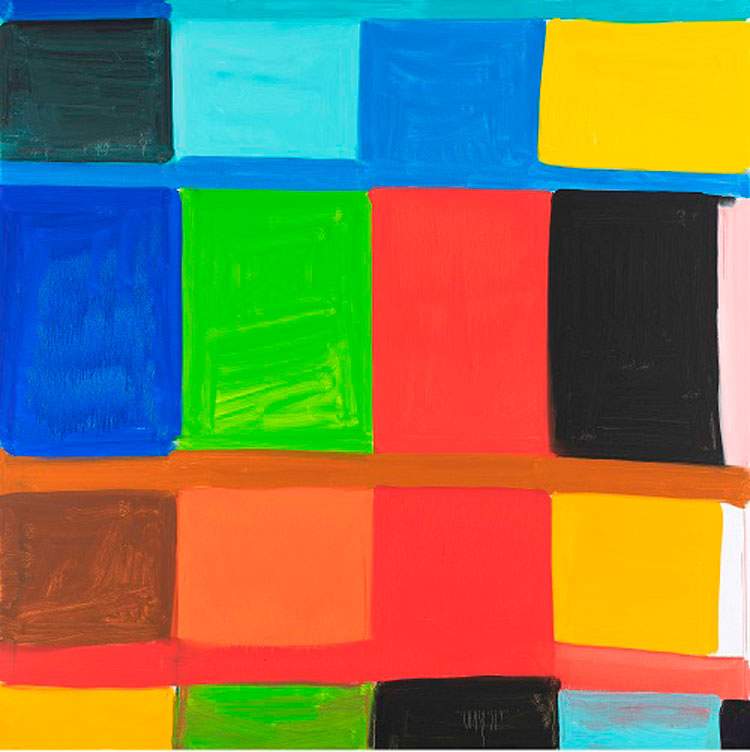Gagosian and The Foundation together for a continuum of art on Via Crispi in Rome
A continuum of art that will cover all twenty-four hours of the day for a tribute to Rome and its inhabitants and to invite people to let themselves be carried away by the energy of art: this is the idea of Gagosian and La Fondazione, which starting on Tuesday, June 2, will animate Via Francesco Crispi by day and by night from numbers 16 and 18. The two institutions will take turns in opening their respective exhibition projects
Instead, from Monday to Friday, from 11 a.m. to 6 p.m., Gagosian will present a special exhibit dedicated to discovering the work of Stanley Whitney. When Gagosian’s lights go out, from 6 p.m. to 11 a.m. the following morning on all days, La Fondazione will light up, alternating in a continuous cycle of content and art. Each week The Foundation will present an artist belonging to the generation born between the 1980s and the 1990s. The project will be revealed every Friday prior to the event on the Instagram channel @LaFondazione_Roma, with the hashatag #unboxingproject.
La Fondazione’s nightly exhibition project, titled #80 | #90 & more, is conceived and curated by Pier Paolo Pancotto and is based on the presentation of works on a weekly rotation. The works will be visible from outside the building through the large entrance window. The artists involved are Rosa Aiello, Lisa Dalfino & Sacha Kanah, Alessandro Di Pietro, Christian Fogarolli, Alice Guareschi, Invernomuto, Beatrice Marchi, Nicola Martini, Namsal Siedlecki, and Andrea Zucchini.
The project intends to weave a dialogical and amicably challenging relationship with the visitor, capable of creating continuous surprises, misalignments and unexpected conjunctions to lead the public to discover works by established but little-known artists in Italy. The artists belong to a common historical and social phase, which each interprets in its own way through different languages, techniques and content. The result is an articulated creative panorama where, except for a few common orientations, such as a focus on the relationship between the individual and new technologies, an analysis of the scientific laws that regulate the life of materials and a renewed interest in the human figure, heterogeneity prevails over a common vision of reality, in tune with the multiplicity of intentions that characterizes the present time.
Instead,Gagosian presents apreview of the exhibition to be held in September starring Stanley Whitney (Philadelphia, 1946): new paintings made in Italy will be exhibited. The artist has developed a compositional method that frees color by composing an original musical and pictorial visual language. Her art is inspired by a wide range of sources, such as free jazz, ancient Italian architecture, the American quilt tradition, Etruscan archaeology and twentieth-century abstraction. In the 1990s Whitney lived in Italy for five years and still owns a studio near Parma: his experience and connection with Italy led him to a definition of his grid-like compositional structure on which the chromatic “bumps” that characterize his work stand out. The warm, earthy tones of the Emilian landscape in particular constitute a constant source of enrichment for his palette.
Image: Stanley Whitney, Bertacca 2 (2019) Courtesy Gagosian Ph.Credit Giorgio Benni
 |
| Gagosian and The Foundation together for a continuum of art on Via Crispi in Rome |
Warning: the translation into English of the original Italian article was created using automatic tools. We undertake to review all articles, but we do not guarantee the total absence of inaccuracies in the translation due to the program. You can find the original by clicking on the ITA button. If you find any mistake,please contact us.





























